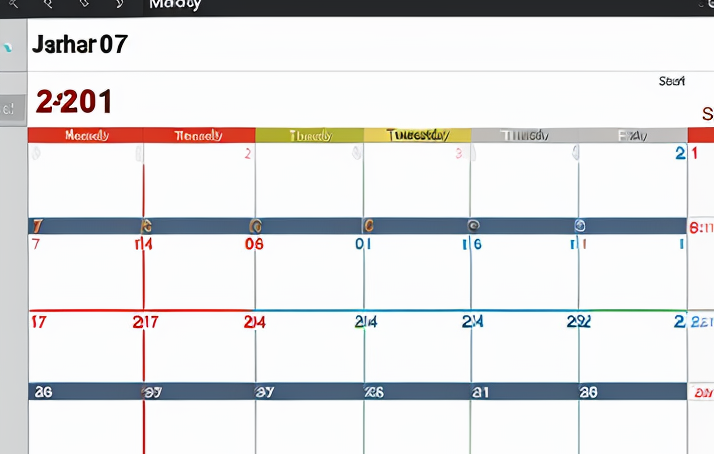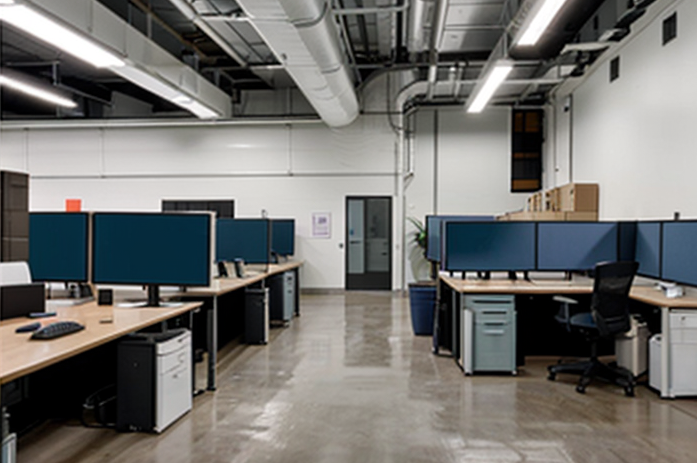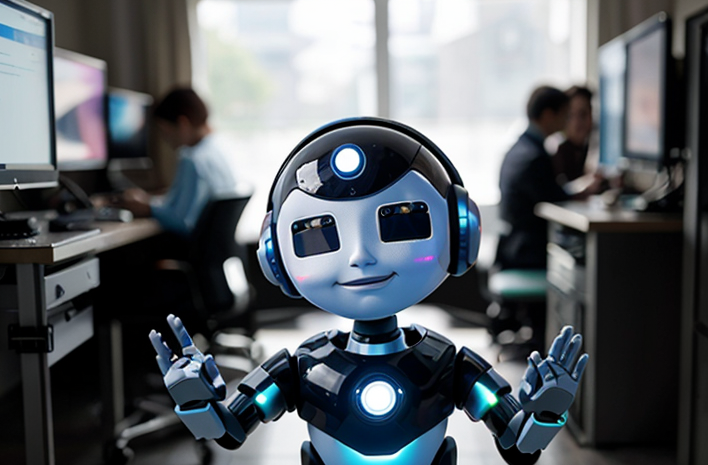Where Do Human Resources Work
Human resources has changed much since its early days. It started mostly as payroll and hiring. Over time, it became clear that people mattered more than paperwork. In the 1960s, HR began focusing on employee relations. The idea was to create a happy workplace.
Are You a Good Fit for This Job?
With more roles in businesses, HR grew more complex. In the 1980s, technology started influencing HR heavily. Computers helped streamline tasks like tracking applications. This made the hiring process faster and easier.
Tools like email also changed communication. HR could now reach employees immediately. This increased engagement and helped resolve issues quickly. What a big shift it was!
In the 1990s, the HR field hit a major milestone. Companies began to understand the need for strategic HR practices. HR became a vital part of business strategy. This paved the way for many new roles.
Different industries needed different HR strategies too. Each sector required tailored approaches. For instance, healthcare focused on compliance and care. Meanwhile, tech companies prioritized innovation.
The rise of the internet brought powerful changes. HR professionals now could train workers online. This allowed employees to learn at their own pace. Flexibility became key in the workplace. We saw more and more people working from home.
By the 2000s, workplace cultures started evolving. Companies focused on diversity and inclusion. This change reshaped how HR worked with employees. It increased awareness of different backgrounds.
To learn more about the historical transformations in human resources, you can explore how this field has changed over the decades through its evolution.
During the last decade, HR faced yet another change. The rise of remote work due to the pandemic shook many systems. Suddenly, HR had to adapt to managing teams from afar. This forced HR to be innovative and support connections across distances.
The role of technology continues to grow strong. AI and data analytics are now part of the HR playbook. These tools help in making informed decisions quickly. The landscape of human resources transforms daily.
Understanding the various environments where human resources operate is crucial for effective management. For a detailed exploration of diverse HR settings, check out this article about HR environments.
Looking ahead, we see even more changes coming. The digital age encourages new ways of working. It’s vital for HR to stay ahead of these trends. The journey of human resources is far from over!
Sector-Specific HR Roles (Case Studies)

Human resources play vital roles across various sectors.Each sector has unique challenges. Let’s look at a few examples.
Healthcare
In healthcare, HR must handle sensitive issues. Staff shortages are common. Retaining qualified employees is essential. The demands are high in hospitals. HR develops programs to support staff wellness. They create training for new technologies. Compliance with regulations is critical. They navigate healthcare laws carefully! Communication between departments is key. This fosters a cohesive work environment.
Technology
Tech HR faces a fast-paced landscape. Recruiting talent is competitive. They implement creative strategies to attract candidates. They offer remote work options to widen their reach. Understanding tech roles is vital for effective hiring. Training programs keep skills current. Diversity is a top priority in tech firms. HR works to attract diverse talent. They’ll establish inclusive policies to support this. This creates a richer workplace culture.
Education
In education, HR deals with unique challenges. Schools require strong teacher recruitment strategies. They also manage student staff relations. Balancing budget constraints with quality staffing is tough. Policies around hiring and firing require care. HR organizes professional development for teachers. This enhances the overall learning environment! Collaboration with school leaders is important. They work to shape a positive school climate. This supports both staff and students’ well-being.
Across these sectors, HR professionals adapt their strategies. They develop tailored solutions for their environments, meeting the unique needs of their organizations. It takes creativity and flexibility.
Work From Anywhere Opportunities:
- Healthcare requires staff wellness programs.
- Technology needs creative recruitment.
- Education focuses on teacher support.
Each sector offers valuable lessons for HR. They learn to understand the context they work in, helping them become more effective.
The Role of HR in Remote Workplaces
Remote work has changed how HR departments operate. They faced new challenges. Communication became essential. Teams dispersed across different locations. Keeping everyone engaged is vital. HR learned to adapt quickly.
Protocols shifted to accommodate remote employees. Regular check-ins became standard. Employees need to feel connected. Support systems emerged to help with mental health. An open channel for feedback is necessary. This is important for job satisfaction.
With work-from-home models, training programs transformed. They became virtual. Employees gain new skills online. Workshops evolve to fit digital formats. HR employees facilitate these sessions. It’s a significant shift from traditional methods.
- New technology tools support productivity.
- Video conferencing for meetings.
- Chat platforms for quick questions.
- Project management software keeps tasks clear.
HR must also focus on performance assessments. Evaluating remote workers requires new metrics. Managers must trust their teams. This builds an atmosphere of accountability. Teamwork is key to assess success. Employees often feel isolated without in-person interactions.
Creating a healthy remote culture is fundamental. Social activities move online. Virtual happy hours and team games gain popularity. This bridges gaps and builds morale. Effective communication practices are soft and yet powerful. They become the backbone of remote work.
Many HR departments now focus on wellness programs. Fitness challenges took shapes of remote contests. Employees participate from their homes. This kind of support encourages a healthy lifestyle. This fosters a sense of connection. Empowered employees tend to be more productive.
In future, remote work will keep evolving. HR must stay ahead of trends. It requires foresight and creativity. Adapting organization goals is essential. Workforce demands change over time. Flexibility will be the key to success.
So, what will HR look like in five years? We can only imagine. The challenge is significant. Companies will need to invest in their stars. Happy teams generate better results. The journey toward adaptation is ongoing.
The Importance of Workplace Culture in HR

A positive workplace culture is very important for HR teams. It shapes how people feel. When employees are happy, they work better. This leads to greater success for the company.
HR professionals focus on building this culture. They create an environment where everyone feels included. This can help attract new talent. Companies with good cultures often do better in hiring.
Strategies for a Positive Culture
HR experts use many strategies for culture building. They implement training programs. This helps create understanding among employees. They also promote teamwork and respect. High morale leads to productivity.
- Training programs encourage inclusivity.
- Team-building activities foster strong bonds.
- Feedback systems allow employee voice.
- Acknowledgments boost motivation.
When HR thinks about culture, they look at company values. These values express what is important. They guide everyone’s actions. Positive values lead to strong loyalty.
In recruitment, culture matters a lot. HR asks questions that reflect company beliefs. This ensures new hires fit well. They also assess soft skills. These skills impact how a person interacts.
Influence on Workplace Environments
Cultivating a positive culture changes workplaces. Open communication is key. Employees should feel safe sharing ideas. This leads to innovation and growth. HR plays an important role in this process.
Workplace celebrations are also important. They bring everyone together. Celebrations can build spirit and camaraderie.
However, challenges arise. Poor culture can lead to high turnover rates. HR must be proactive in addressing issues. They must listen and adapt strategies. Only then will the organization thrive fully.
To sum up, workplace culture is a vital aspect of HR. It affects hiring and retention. Companies with strong cultures attract talent more easily. It’s not just about policies. It’s about people feeling valued.
The Future of Human Resources Work Environments
Human Resources stands at a crossroads. Emerging trends like AI reshape workplaces. Hybrid work models offer flexibility to employees. This flexibility is important in today’s world!
AI can automate routine tasks. This allows HR professionals to focus on strategic work. The potential of AI tools is vast and exciting. Companies need to embrace employee mental health. Increased awareness of mental health shapes HR policies. Support programs can help employees feel valued.
- AI will optimize recruitment processes.
- Hybrid models will require stronger communication skills.
- HR must understand mental health strategies and support.
Preparing for these changes is vital. HR pros should learn new skills for success. Technology training will become essential. Understanding employee needs changes the game.
Data analytics will play a big role in HR decisions. With data, HR can create better workplace experiences. This will drive engagement and productivity in teams.
Companies will invest more in employee well-being. Training and resources will need to expand rapidly. HR leaders will guide these changes wisely! As we look ahead, adaptability is key. What skills will be in high demand? Can HR professionals keep up with these trends? Only time will tell!
The future of HR environments is bright. Change is here and it comes fast. Embracing AI, hybrid models, and well-being will define tomorrow’s workplaces.







